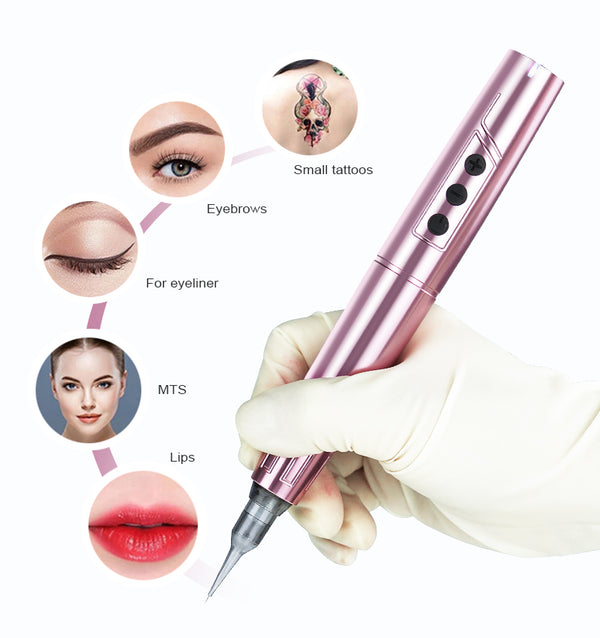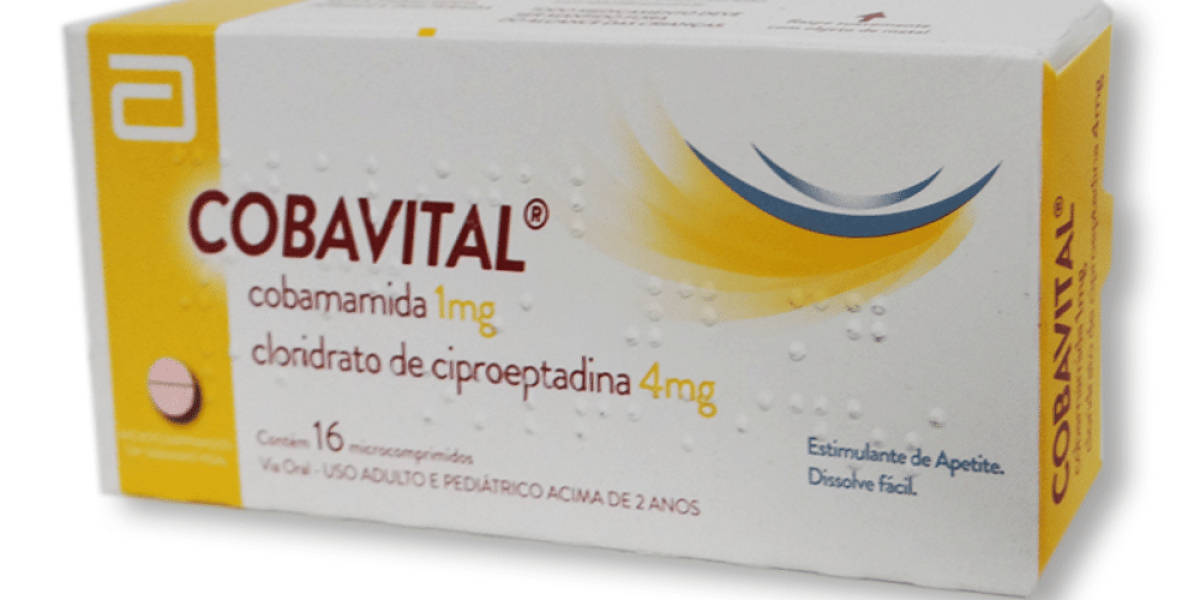In the realm of wound care, antiseptic skin preparations play a pivotal role in promoting healing and preventing infections. Understanding the various types of antiseptic solutions and their applications can significantly enhance patient outcomes. This article delves into the importance of these preparations, their types, and best practices for effective use.

What Are Antiseptic Skin Preparations?
Antiseptic skin preparations are substances designed to eliminate or inhibit the growth of microorganisms on the skin. They are crucial in both clinical settings and at home, especially when treating minor cuts, scrapes, and abrasions. But why are these preparations so essential? The answer lies in their ability to reduce the risk of infection, which can complicate healing and lead to more severe health issues.
Types of Antiseptic Skin Preparations
There are several types of antiseptic skin preparations available, each with unique properties and uses. Here are some common categories:
- Alcohol-based solutions: These are effective against a wide range of bacteria and viruses, making them ideal for pre-surgical skin preparation.
- Iodine solutions: Known for their broad-spectrum antimicrobial activity, iodine solutions are often used in surgical settings.
- Chlorhexidine: This antiseptic is favored for its residual activity, providing prolonged protection against pathogens.
- Hydrogen peroxide: While effective in cleaning wounds, it should be used cautiously as it can also damage healthy tissue.
Best Practices for Using Antiseptic Skin Preparations
To maximize the effectiveness of antiseptic skin preparations, consider the following best practices:
- Always clean the wound with mild soap and water before applying any antiseptic.
- Apply the antiseptic using a sterile applicator or gauze to prevent contamination.
- Follow the manufacturer's instructions regarding application frequency and duration.
- Monitor the wound for signs of infection, such as increased redness, swelling, or discharge.
Conclusion: The Role of Antiseptic Skin Preparations in Healing
In conclusion, the use of antiseptic skin preparations is vital in wound care. By understanding their types and adhering to best practices, individuals can significantly reduce the risk of infection and promote faster healing. For those in the tattoo industry, utilizing high-quality antiseptic products is equally important to ensure the safety and satisfaction of clients. For more information on specialized supplies, visit  .
.







